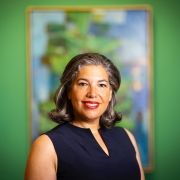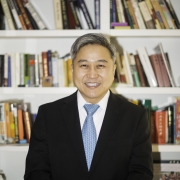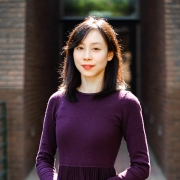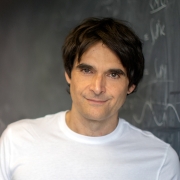Penn Researchers ID Grid Cells that Help Guide Us

If you don’t know how you got anywhere before GPS, the problem might be your grid cells.
In an article in Nature Neuroscience, Penn Psychology Professor Michael Kahana and his team have identified a new type of cell in the brain that helps people to keep track of their relative location while navigating an unfamiliar environment.
The “grid cell,” which derives its name from the triangular grid pattern in which the cell activates during navigation, is distinct among brain cells because its activation represents multiple spatial locations. This behavior is how grid cells allow the brain to keep track of navigational cues such as how far you are from your starting point. This type of navigation is called path integration.
The researchers took advantage of a rare opportunity to study brain recordings of epilepsy patients who had electrodes implanted in their brains as part of their treatment. The study participants played a video game, riding a virtual bike across a terrain displayed on a laptop, while their brain activity was recorded. The game challenged them to navigate from one point to another to retrieve objects and then recall how to get back to the places where each object was located.
The team studied the relation between how the participants navigated in the video game and the activity of individual neurons. Understanding could help researchers understand why people with Alzheimer’s disease often become disoriented, and show how to improve brain function in people suffering from the disease.
Read the full story here.





